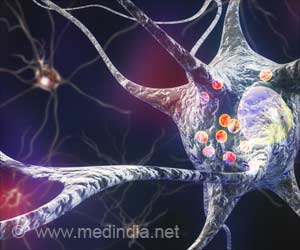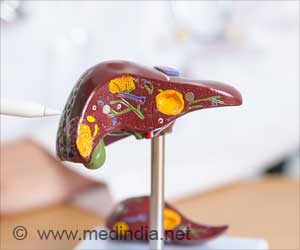The study of grid cells and the brain’s GPS was awarded the Nobel Prize in 2014. However the majority of the study focus has been solely on two dimensions representation in the brain. The present study for the
‘Unexpected representation of three-dimensional space in the brain has been revealed by the brains GPS. A new box of marbles model offers a novel way of looking at the neural basis of 3D navigation and the role that grid cells play in this cognitive process.’
The Grid Cells
Data report that the conventional two-dimensional surfaces of the grid cells were found to be activated in multiple circular areas, known as firing fields. these fields are arranged in a symmetrical hexagonal pattern – resembling millimeter graph paper that tiles the surface.
It is known that grid cells (located in the entorhinal cortex) are the first to be affected in Alzheimer’s disease (type of dementia) which consequently leads to spatial disorientation in the early course of the disease.
The study team anticipated a similar activity pattern of the symmetrical hexagon in three dimensions of the cells. To test this hypothesis, the team recorded the grid cells’ activity in bats as they were flying around a room.
3D Navigation in Brain
It was found that grid cells did not behave as expected when responding to three-dimensional coordinates. The three-dimensional firing fields of the grid cells, shaped in this case as spheres rather than circles, were packed like a box full of marbles.
The cells appeared less organized than the three-dimensional equivalent of a hexagonal lattice. This new “marbles” arrangement allows for some extra degrees of freedom. The team then constructed a model using statistical physics to describe the interaction between these particles.
The new spherical firing fields were found to interact in almost the same way as particles do; they are “attracted” to one another when at a distance and are “repelled” once they get too close – probably due to the balance of forces acting on particles.
The study’s experimental data on the “box of marbles” – theoretical model thereby offers a new way of looking at the neural basis of three-dimensional navigation and the role that grid cells play in this cognitive process.
Source: Medindia



